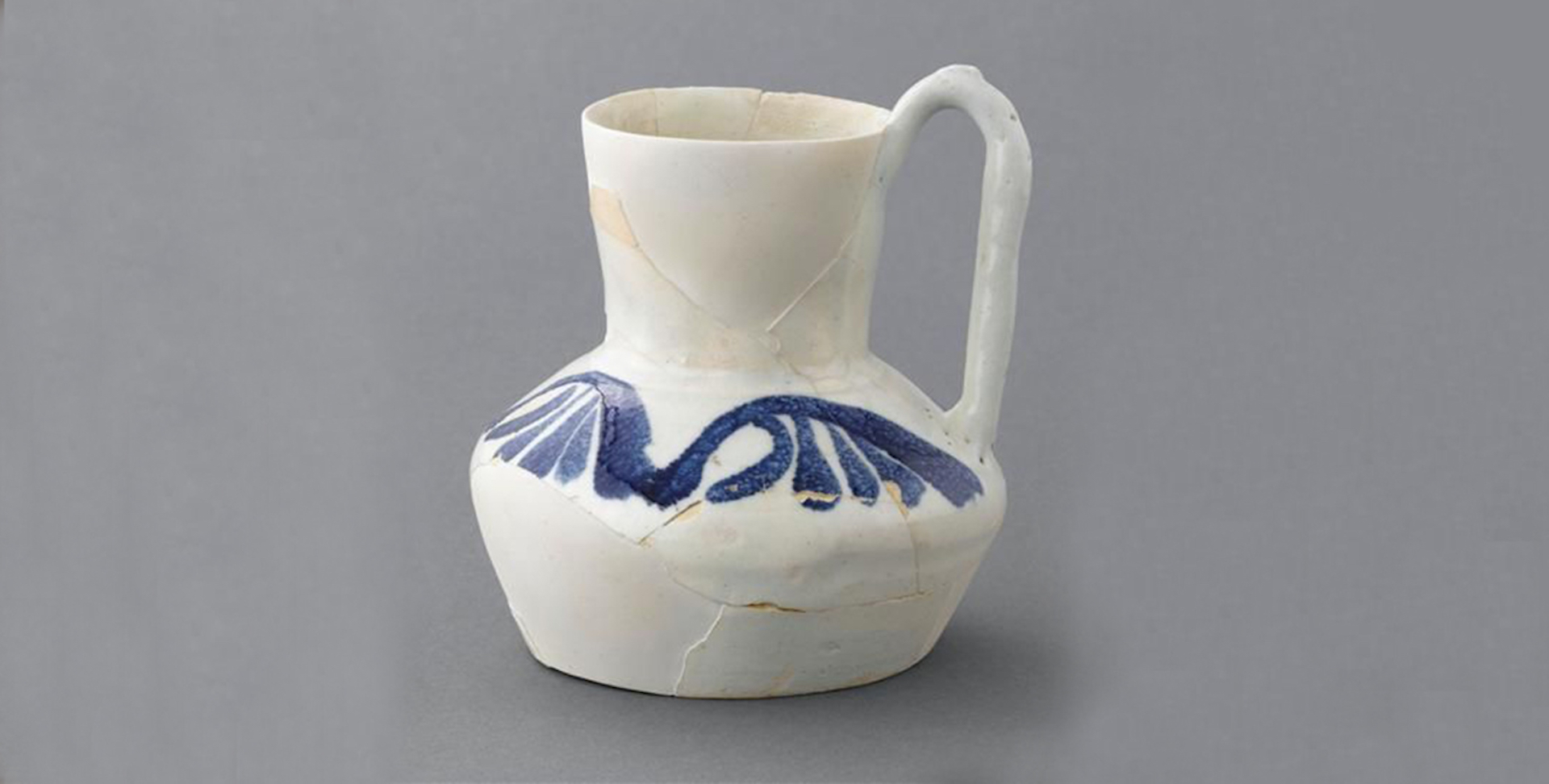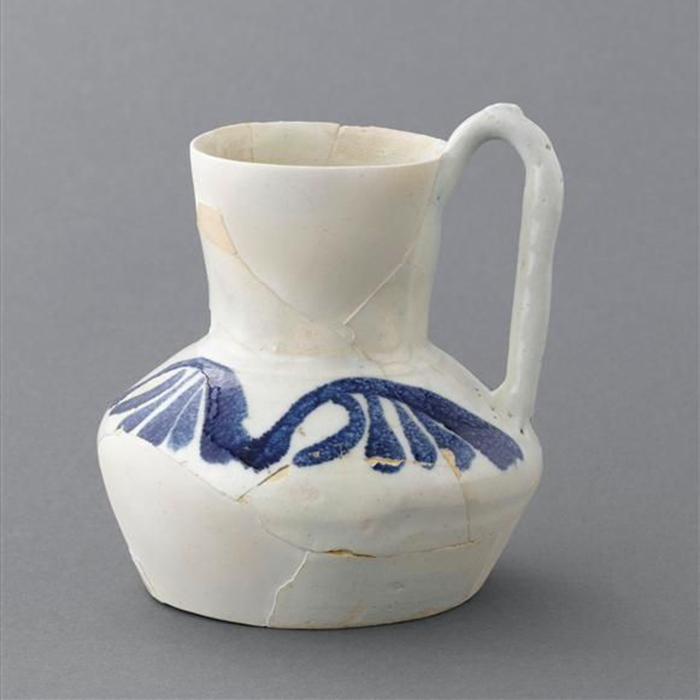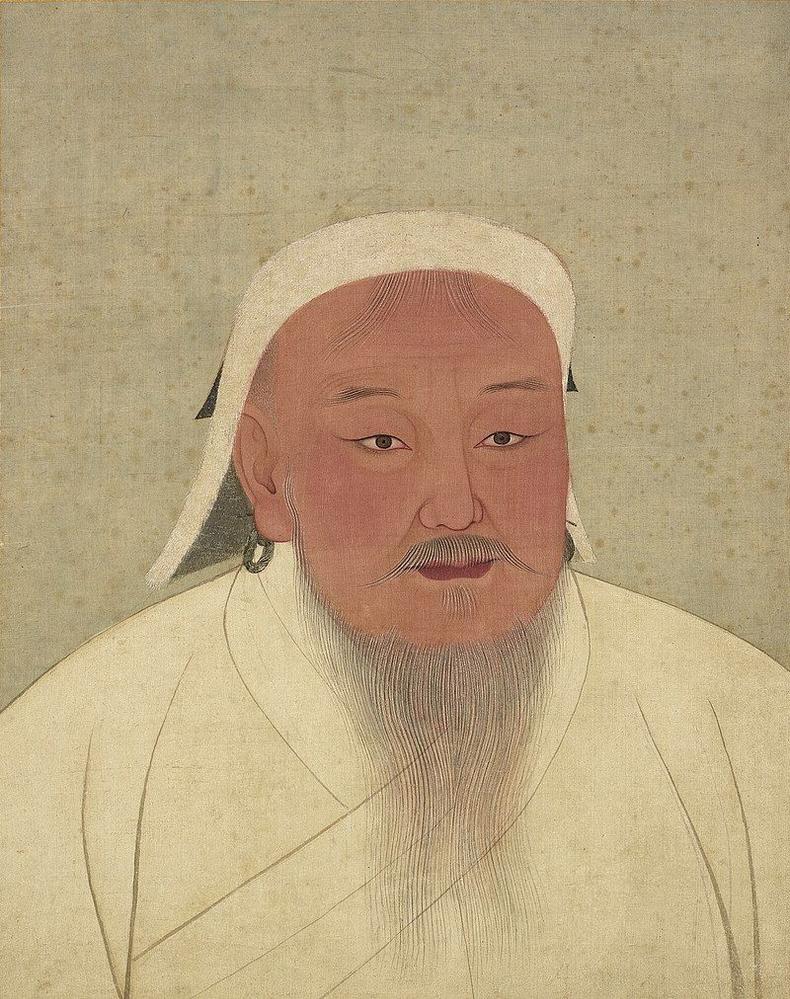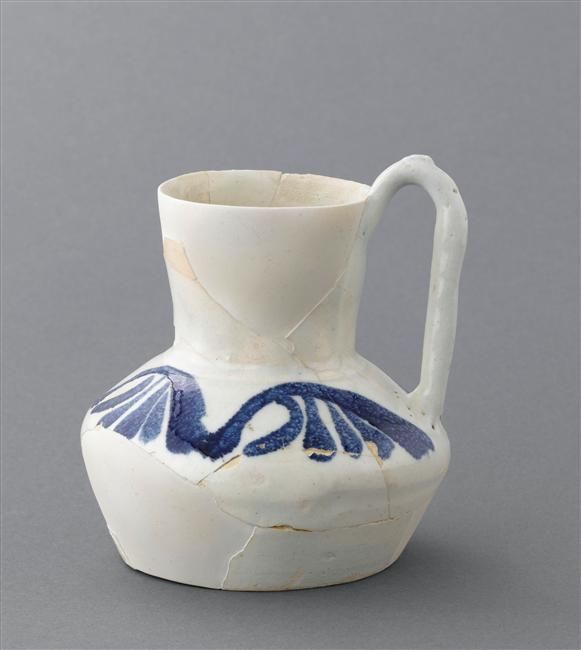


In the Middle Ages, some Islamic objects such as the Griffin of Pisa fascinated Europeans. The most valuable, such as these ewers (water jugs) are even stored in church treasuries.
These objects were made in Egypt in around the 10th century and were originally for the caliphs of the local dynasty, the Fatimids.
There was a very good reason for this – they were carved out of rock crystal, a material so pure that it was considered to be the image of divine light!

Rock crystal ewers made in Egypt were greatly valued in Europe during the Middle Ages.
Rock crystal objects are not the only ones to have been popular in Europe! This luxurious Egyptian basin in gold and silver-encrusted metal has also been in the French collections for a long time. So much so that in the past it was said that it was used at Saint Louis’ baptism.
Although, since then, we have realized that the work of art had been created a long time after the saint’s death. Yet the name “St Louis’ Baptistry” stayed with it
However, the object was used for the baptism of several babies: Louis Xll during the 17th century, then the son of Napoleon lll during the 19th century, with no hesitation at all about bringing the basin out of the Louvre Museum, where it was on display!

An Egyptian metal basin, known as “Saint Louis’ Baptistry”, was used for some royal and imperial baptisms in France.

Let us return to the heart of the Islamic world. At the beginning of the 13th century, the Mongol Army, led by Gengis Khan, conquered the largest empire that the world had ever known.
The descendants of Gengis Khan, who were living in Iraq and Iran, converted to Islam, founding the Il-Khanid dynasty. This conquest strengthened the links between the Middle East and Asia, encouraging frequent exchanges between these two world regions.


The conquests of Gengis Khan, then the reigns of his successors strengthened the links between the Middle East and Asia.
During the ninth century, Islamic potters set themselves the task of imitating the white porcelain imported from the Far East, which they greatly admired. They gave it a slight personal touch, adding blue decorations.
These pieces then came to China during the Mongol period. This time it was the Chinese who decided to imitate their Iranian colleagues, closing the loop!

White porcelain with blue decorations came out of exchanges between Chinese and Islamic art.
Let’s see how these pieces of porcelain (Islamic, not the Chinese pieces!) were made.


To obtain their white and blue colours, Islamic porcelain is covered with a “slip” and the decorations are painted on with cobalt oxide.
Under the Il-Khanid dynasty, Iran experienced a true renewal thanks to influences from the entire world. Rashid al-Din took an active part in this blending of cultures.


Rashid al-Din was a politician and collector who brought scholars from the whole world to serve the Il-Khanids.

"*" indicates required fields